Traditional DIY Classes Alternatives: Online Tutorials & Local Groups
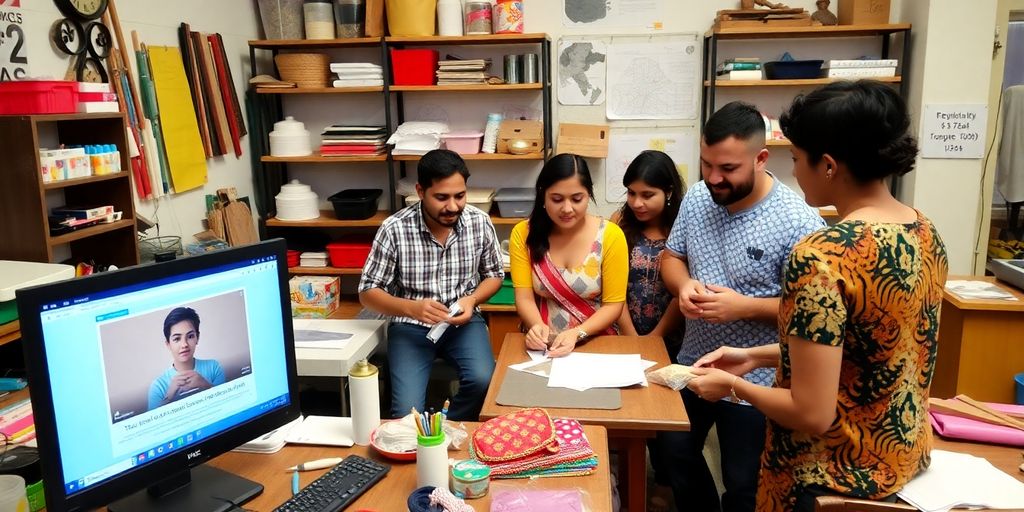
In today’s world, the way we learn DIY skills is changing. Instead of traditional classes, many people are turning to online tutorials and local community groups. These alternatives offer flexibility and a chance to connect with others while exploring new hobbies. Whether you’re looking to build a bookshelf or learn to knit, there’s a wealth of resources available at your fingertips or just around the corner.
Key Takeaways
- Online tutorials provide flexibility and a wide variety of DIY projects.
- Local community groups offer hands-on learning experiences and social interaction.
- Virtual classes are gaining popularity, allowing for remote engagement with instructors.
- Folk schools focus on traditional crafts and connecting with local artisans.
- DIY kits simplify projects by providing all necessary materials, making creativity more accessible.
Exploring Online Tutorials for DIY Projects
Benefits of Online Learning
Online tutorials have seriously changed the DIY game. Forget lugging heavy tools to a class after work; now, you can learn at your own pace, in your pajamas, whenever you want. The flexibility is a huge win. Plus, you can rewind, pause, and rewatch as many times as you need. No more feeling embarrassed about asking the instructor to repeat something for the fifth time.
- Learn at your own pace
- Access a global range of instructors
- Save money on class fees and materials
I remember trying to learn how to knit from a book. It was a disaster. Online videos? Suddenly, it clicked. The visual aspect makes a world of difference.
Popular Platforms for DIY Tutorials
So, where do you even start looking? YouTube is the obvious choice, with channels dedicated to everything from woodworking to cake decorating. But don’t sleep on Skillshare; they have some really in-depth classes taught by actual experts. And then there are sites like Instructables, where people share their projects step-by-step. It’s like a giant, crowdsourced DIY encyclopedia. You can even find guides & strategies to help you choose the right platform for your needs.
Types of DIY Projects Available Online
Honestly, the possibilities are endless. You can find tutorials for:
- Home decor projects (think: turning old pallets into coffee tables)
- Fashion upcycling (turning old jeans into a cool new bag)
- Tech projects (building your own Raspberry Pi-powered smart mirror)
Basically, if you can dream it, someone has probably made a tutorial about it. The best part? You can try out different crafts without investing a ton of money upfront. It’s a great way to discover new hobbies and skills. For example, you could learn upcycling fashion and turn old clothes into trendy outfits.
Local Community Groups for Hands-On Learning
Finding Local Workshops
So, you’re itching to get your hands dirty and learn something new? Forget staring at a screen – let’s talk about local community groups! Finding them is easier than you think. Start by checking out your local library; they often host workshops or have bulletin boards advertising community events. Community centers are another goldmine. They usually have a packed schedule of activities, from pottery to coding classes. Don’t forget to peek at local colleges or universities; they sometimes open up their workshops to the public. And of course, good old Google can help you find specialized groups, like woodworking clubs or sewing classes, in your area.
Benefits of Community Learning
Why bother with local groups when you can learn anything online? Well, there’s something special about learning alongside other people. For starters, you get instant feedback. No more wondering if you’re doing it right – someone’s right there to guide you. Plus, it’s a great way to meet people who share your interests. Community learning can lead to new friendships and collaborations. And let’s be honest, it’s just more fun! You can share tips, laugh at mistakes, and celebrate successes together. It’s a much more engaging and supportive environment than learning alone. Here are some other benefits:
- Hands-on experience with real tools and materials.
- Direct interaction with instructors and peers.
- A sense of belonging and shared accomplishment.
Community workshops are dynamic platforms where individuals learn, share, and connect. They transform ordinary days into opportunities for exciting discoveries, laughter with new friends, and the revelation of hidden talents. These gatherings enrich daily life, fostering skill development, growth, and enjoyment through activities ranging from cooking with fresh produce to mastering photography at home.
Types of Activities Offered
Local community groups offer a huge range of activities. You might find workshops on:
- Gardening and urban farming.
- DIY art/crafts workshop ideas.
- Upcycling fashion.
- Technology and coding classes.
There are also cooking classes, painting workshops, and even classes on how to fix your bike. The possibilities are endless! The best way to find out what’s available is to check out the websites or social media pages of your local community centers and groups. You might be surprised at what you discover. You could even find a profitable niche for a new hobby!
Virtual DIY Classes: A New Trend
Virtual DIY classes have really taken off, offering a convenient way to learn new skills from home. It’s pretty cool how you can connect with instructors and other DIY enthusiasts from all over the world. Plus, you don’t have to worry about commuting or fitting a class into a busy schedule. You can learn at your own pace, in your own space.
How Virtual Classes Work
Virtual DIY classes usually involve live video instruction, pre-recorded tutorials, or a combination of both. You’ll typically need a computer or tablet with a decent internet connection. Some classes might also require specific software or tools, but the instructor will usually let you know beforehand. Many platforms offer interactive features like live chat, Q&A sessions, and screen sharing, so you can get real-time help and feedback. It’s like being in a real classroom, but without the awkward small talk.
Engaging with Instructors Online
One of the best things about virtual classes is the ability to interact with instructors. You can ask questions, get personalized advice, and even show off your progress. Instructors often use a variety of methods to keep students engaged, such as:
- Live demonstrations
- Interactive polls
- Group projects
- Personalized feedback
It’s important to actively participate in the class to get the most out of it. Don’t be afraid to ask questions or share your ideas. The more you engage, the more you’ll learn.
Creating a DIY Community Remotely
Even though you’re learning online, you can still build a sense of community with other DIYers. Many virtual classes have online forums or social media groups where students can connect, share their projects, and offer support. It’s a great way to make new friends and get inspired. Plus, you can learn from other people’s experiences and get new ideas for your own projects. It’s all about sharing the DIY love!
Folk Schools and Craft Workshops
What Are Folk Schools?
Folk schools are pretty cool places. They’re all about hands-on learning and community. Think of them as a mix between a summer camp for adults and a place to learn old-school skills. They usually focus on crafts, art, music, and other traditional skills. It’s a great way to find local workshops and connect with people who share your interests.
Unique Offerings at Folk Schools
You can find some really unique classes at folk schools. I’m talking about stuff you probably won’t see at your local community college. For example:
- Blacksmithing
- Basket weaving
- Woodcarving
- Quilt making
Folk schools often have a relaxed, informal atmosphere. It’s less about grades and more about learning something new and having fun. Plus, you get to work with your hands and create something tangible, which is a nice change of pace from staring at a screen all day.
Connecting with Local Artisans
One of the best things about folk schools is the chance to meet and learn from local artisans. These are people who have spent years honing their craft, and they’re usually passionate about sharing their knowledge. It’s a great way to learn about the history and traditions behind different crafts, and maybe even pick up a new hobby. You might even find DIY kit ideas that spark your interest. Plus, you’re supporting local artists and keeping these traditions alive.
DIY Kits: Convenience and Creativity

What Are DIY Kits?
DIY kits are pre-packaged sets containing all the materials and instructions needed to complete a specific project. They’re designed to make crafting and creating accessible to everyone, regardless of skill level. Think of them as a shortcut to a finished product, without sacrificing the satisfaction of making something yourself. They eliminate the hassle of sourcing individual components, which can be time-consuming and sometimes expensive, especially if you only need a small amount of each material. DIY kits are great for people who want to try a new hobby without a huge initial investment or commitment. You can find craft kit options for almost any interest.
Popular DIY Kit Ideas
The range of DIY kits available is pretty impressive. Here are a few popular ideas:
- Candle Making Kits: These usually include wax, wicks, fragrance oils, and containers. You can experiment with different scents and colors to create custom candles.
- Soap Making Kits: Similar to candle kits, these provide the ingredients and molds to make your own soaps. You can add herbs, essential oils, and natural colorants.
- Jewelry Making Kits: These kits come with beads, wires, clasps, and tools to create necklaces, bracelets, and earrings. It’s a fun way to design your own unique jewelry.
- Gardening Kits: These can range from herb garden kits to terrarium kits, providing seeds, soil, containers, and instructions for growing plants.
- Home Decor Kits: These might include materials for making wall art, decorative pillows, or small furniture pieces. They’re a great way to personalize your living space.
How to Choose the Right Kit
Choosing the right DIY kit depends on your interests, skill level, and the amount of time you want to invest. Here are a few things to consider:
- Skill Level: Look for kits that are appropriate for your experience. Some kits are designed for beginners, while others are more complex and require some prior knowledge.
- Materials Included: Make sure the kit includes everything you need to complete the project. Check the list of materials carefully to avoid any surprises.
- Instructions: Clear, easy-to-follow instructions are essential. Look for kits with detailed diagrams or even video tutorials.
- Reviews: Read reviews from other customers to get an idea of the kit’s quality and ease of use.
- Cost: DIY kits can range in price, so set a budget and look for kits that fit your needs without breaking the bank.
DIY kits offer a fantastic way to explore new hobbies and create personalized items without the stress of sourcing materials or figuring out complicated instructions. They’re a convenient and creative option for anyone looking to add a personal touch to their home or give a unique gift.
Combining Online and Local Resources

It’s easy to think you have to pick between learning online and learning in person, but what if you didn’t have to choose? Combining online tutorials with local workshops can really boost your DIY skills. It’s like having the best of both worlds – the convenience of learning at your own pace and the hands-on experience of a real class.
Blending Online Learning with Local Classes
Online tutorials are great for getting the basics down. You can watch them anytime, pause, and rewind as needed. But sometimes, you need someone to show you in person how to do something. That’s where local classes come in. Think of online resources as your textbook and local classes as your lab. You can learn the theory online and then apply it in a practical setting with an instructor nearby to help. For example, you could watch a crochet tutorial online and then attend a local crochet group to get help with a tricky stitch.
Creating a Hybrid Learning Experience
To make the most of both online and local resources, try creating a hybrid learning experience. Start by identifying a project you want to tackle. Then, search for online tutorials that cover the basics. Once you have a good understanding of the fundamentals, look for local classes or workshops that focus on specific techniques or skills related to your project. This way, you can use online resources to learn at your own pace and then use local classes to get personalized instruction and feedback. It’s a really effective way to learn!
Benefits of a Mixed Approach
There are lots of benefits to mixing online and local learning. Here are a few:
- Flexibility: Learn at your own pace online and attend local classes when it fits your schedule.
- Personalized Instruction: Get hands-on help and feedback from instructors in local classes.
- Community: Connect with other DIY enthusiasts in your area and build a support network.
Combining online and local resources can help you learn more effectively and efficiently. It allows you to take advantage of the convenience and flexibility of online learning while also benefiting from the personalized instruction and community of local classes. It’s a win-win situation for anyone who wants to improve their DIY skills.
Sustainable DIY Practices
Eco-Friendly DIY Projects
So, you want to get crafty but also care about the planet? Awesome! There are tons of DIY projects that are both fun and good for the environment. Think about making your own cleaning products using simple ingredients like vinegar and baking soda. Not only is it cheaper, but you’re also avoiding all those harsh chemicals that end up in our waterways. Another idea is to create reusable bags from old t-shirts – super easy and a great way to reduce plastic waste. The possibilities are endless when you start thinking about how to reduce your environmental footprint through DIY.
Upcycling and Repurposing
Upcycling is where the real magic happens. Instead of tossing something out, you give it a new life. An old ladder becomes a cool bookshelf, glass jars turn into stylish storage containers, and scrap fabric becomes a cozy quilt. The key is to look at things with a fresh perspective. I once turned an old tire into a planter – it looked surprisingly good! It’s all about getting creative and seeing the potential in what others might consider trash. Plus, it’s a fantastic way to save money and reduce landfill waste.
Community Impact of Sustainable DIY
DIY isn’t just a solo activity; it can also bring people together and make a positive impact on your community. Consider organizing a workshop where you teach others how to upcycle old clothes or create eco-friendly crafts. You could also start a community garden where everyone can grow their own food using sustainable practices.
By sharing your skills and knowledge, you’re not only empowering others but also fostering a sense of community and environmental responsibility. It’s a win-win situation for everyone involved. Plus, you might just inspire others to adopt more sustainable habits in their own lives.
Here are some ideas to get you started:
- Organize a clothing swap to reduce textile waste.
- Host a workshop on making your own natural cleaning products.
- Start a community compost program to reduce food waste.
Wrapping It Up
So, there you have it. Whether you’re diving into online tutorials or joining a local group, there are plenty of ways to get your DIY fix without the traditional classes. Online videos can be super handy, especially when you want to learn at your own pace. And local groups? They’re great for meeting folks and sharing ideas. Sure, you might run into some bumps along the way—like when your project doesn’t turn out quite like you hoped—but that’s all part of the fun. Just remember, the goal is to enjoy the process and maybe even pick up a new skill or two. Happy crafting!
Frequently Asked Questions
What are the benefits of online DIY tutorials?
Online DIY tutorials let you learn at your own pace, save time, and offer a wide variety of projects to choose from.
Where can I find good online DIY tutorials?
You can find great DIY tutorials on websites like YouTube, Skillshare, and various craft blogs.
What types of DIY projects can I learn online?
You can learn to do many projects online, including crafts, home improvement, cooking, and gardening.
How can I find local DIY workshops?
You can search online for community centers, libraries, or craft stores that offer local DIY workshops.
What are folk schools?
Folk schools are places where people can learn traditional crafts and skills, often in a community setting.
What are DIY kits and how do they work?
DIY kits come with all the materials and instructions you need to complete a project, making it easy and fun to create something new.
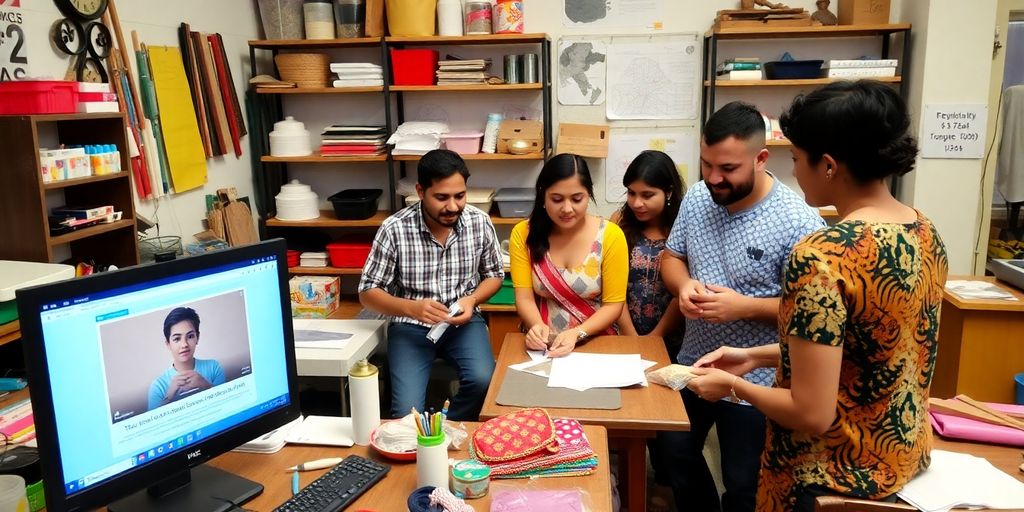
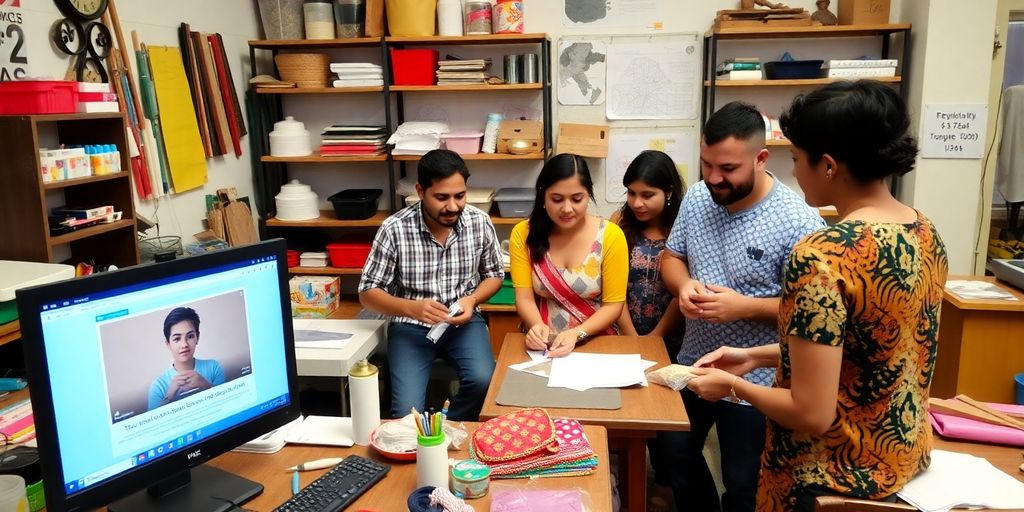




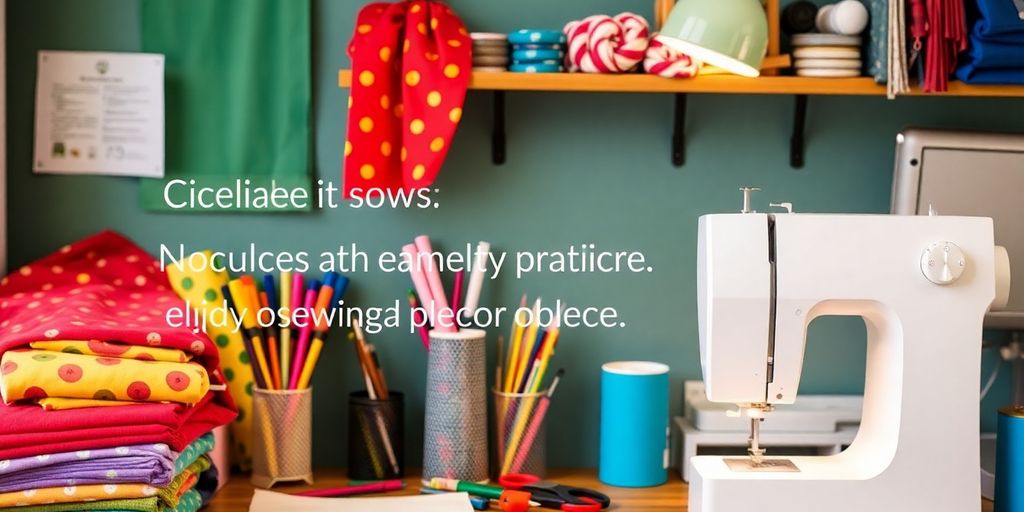
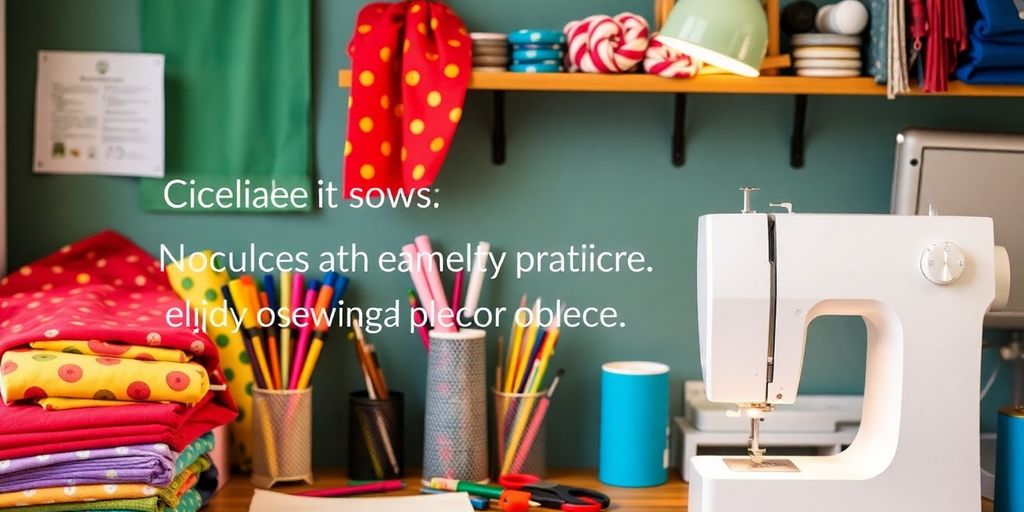
Responses